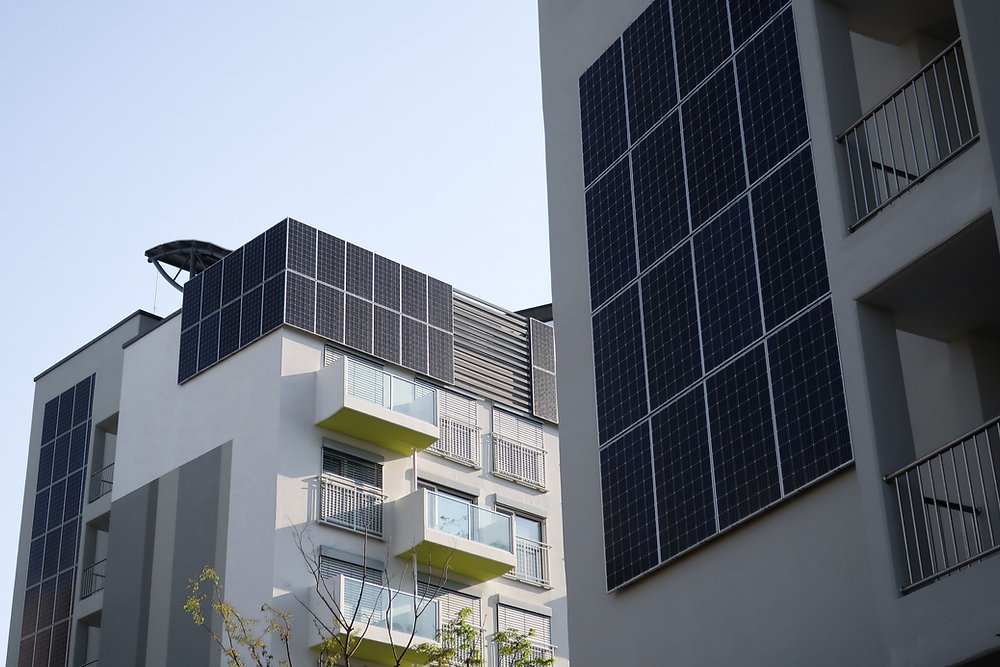We’ve touched before on ways that AI-assisted technology and robotics will be able to shape the future of construction, but there are already a multitude of eco-friendly products and processes that can be incorporated into builds to increase efficiency and comfort while also reducing our carbon footprint.
1. Cool Roofs
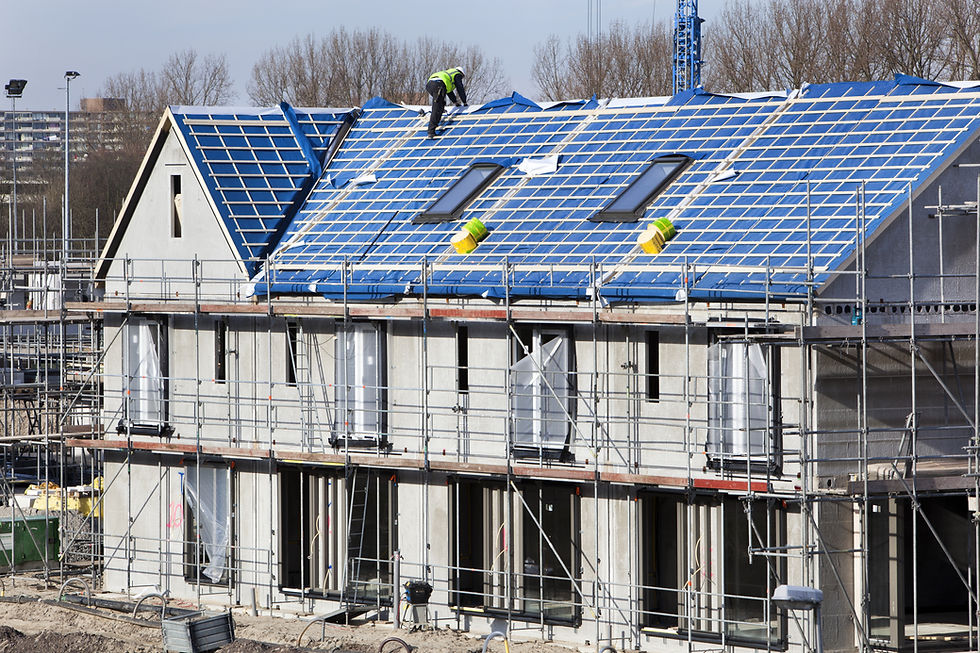
On a hot summer day, a traditional roof can reach temperatures of up to 65.6 degrees Celsius (150 degrees Fahrenheit) and cause the interior temperature of the building to go up, which can lead to excessive use of air conditioning systems. Where there are older less efficient air conditioning systems in place, costs, energy use, and emissions will all go up as a result of trying to keep the interior at a comfortable temperature.
Cool roofs are designed to reflect more sunlight than traditional roofs do, and can reduce roof temperatures by 28 degrees Celsius (50 degrees Fahrenheit), reducing interior temperatures and reliance on air conditioning systems to keep people cool.
Cool roofs also reduce the heat island effect; heat islands are urban areas that experience higher temperatures compared to nearby rural areas due to buildings, roads, and other architecture absorbing and then re-emitting the sun’s heat more than natural landscapes do. Installing a cool roof is as simple as choosing white or cooler coloured shingles, tiles, and paints than traditional dark roofing.
2. Green Insulation
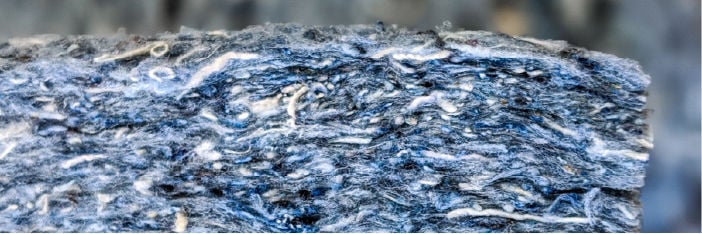
Insulation is another important factor in keeping houses and buildings at comfortable temperatures. Fibreglass insulation is the most widely used type of insulation in building projects, but can lead to skin irritation during contact, and if not sealed properly, bits of glass can break down and enter into ventilation systems and be breathed. Two alternatives to fibreglass insulation are cotton and cellulose insulation.
Cotton is both a versatile and highly renewable resource. Cotton insulation typically recycles leftover denim (jean material) scraps into a thick material that can be used to line walls in the same way that fibreglass is used. The cotton is treated with borates before it is installed to make sure it is flame retardant, and unfortunately doesn’t come cheap. Cotton insulation can cost twice as much as fibreglass insulation does, but it does come without the potential of breathing in glass.

Cellulose insulation is made from recycled newspaper and other paper and typically takes the form of blow-in cellulose, which is sprayed rather than laid out in sheets. Cellulose insulation is also cheaper and provides a higher R-value than fibreglass insulation does (3.5-3.7 per inch versus 2.1-2.7 per inch), even in extreme cold.
3. Bamboo Flooring and Cabinetry
Bamboo is incredibly sustainable due to its high rate of self-regeneration and will continue to spread and grow without needing to be re-planted even after some of it is cut away. It’s lightweight, making transportation easier and incredibly tough, with a strength-to-weight ratio comparable to timber. Pure bamboo is also harder than some types of hardwood, making it ideal for cabinetry and flooring.
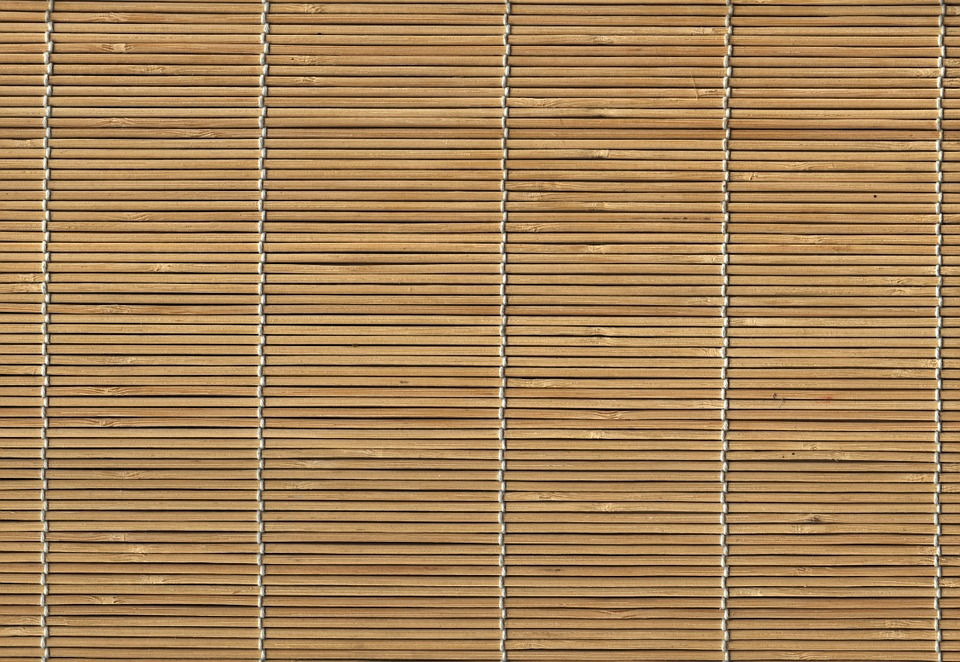
Before it can be used for building, it must be treated with insect repellant, and care must be taken to ensure that it remains as dry as possible, as despite being more water resistant than hardwoods, it is not waterproof, and can still warp and become discoloured due to excess moisture and water contact.
4. Smart Glass
The term “smart glass” covers a range of different products, but it’s essentially glass that has been treated so that light transmission is altered when exposed to light, heat, or voltage. This means that the glass can go from being transparent to opaque, from letting light pass through to blocking some or all types of light wavelengths.
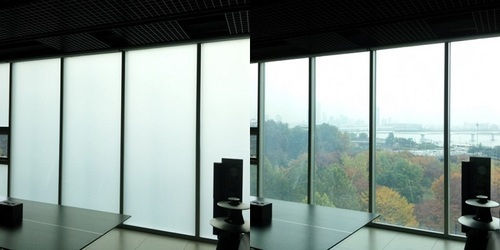
Not only does this eliminate the need for blinds or curtains as others won’t be able to see through the glass, it also means that air conditioning costs and emissions go down as the glass becomes more opaque in response to strong sunlight or heat, letting less light and heat pass through.
5. Rammed Earth
Rammed earth is an ancient technique for building structures that uses naturally occurring raw materials like clay or gravel. A moist mixture of earth and other materials like the aforementioned are combined along with a stabilizing agent (such as lime) and poured into a formwork, then compressed iteratively to form walls.
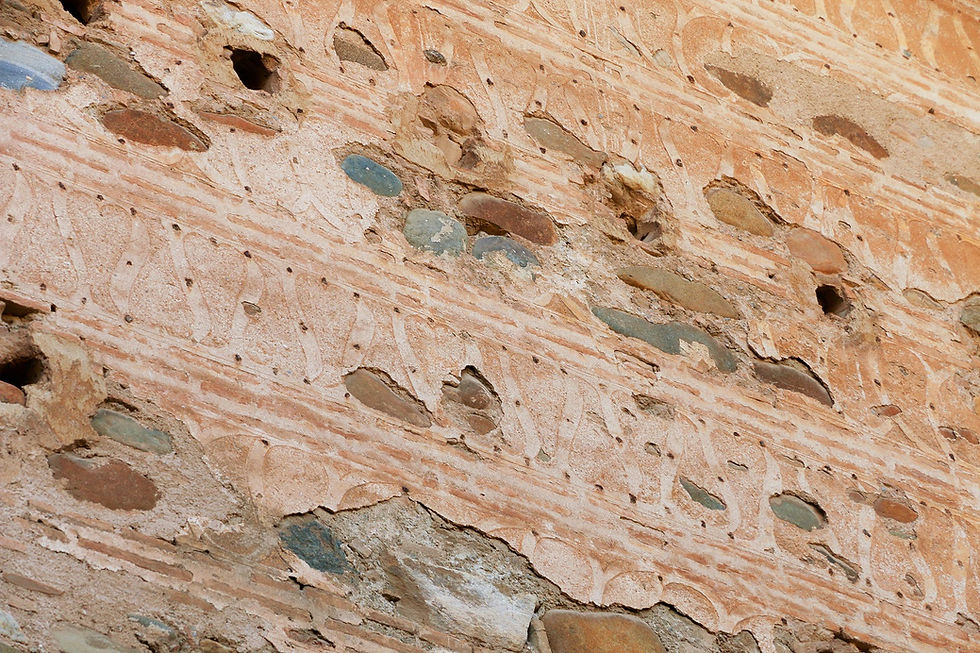
The strength of a wall increases as it cures, a process which can take months to complete, but results in long lasting structures. Rammed earth also has a high thermal mass, absorbing heat during the day and then emitting it at night, similarly to brick and concrete. While rain won’t cause the structure to break apart, care must be taken and overhanging protections should be installed to prevent erosion over time.
Final Thoughts
The industry is just scratching the surface on how green construction technology can re-shape how we build today and in the future. Needless to say, it's a very exciting time for construction amidst all the new innovations hitting the market.
We can't wait to see what's coming next.
If you enjoyed this article, join our mailing list now to receive all the latest articles and stay up-to-date on what Ontraccr is developing to bring automation to the construction industry!



